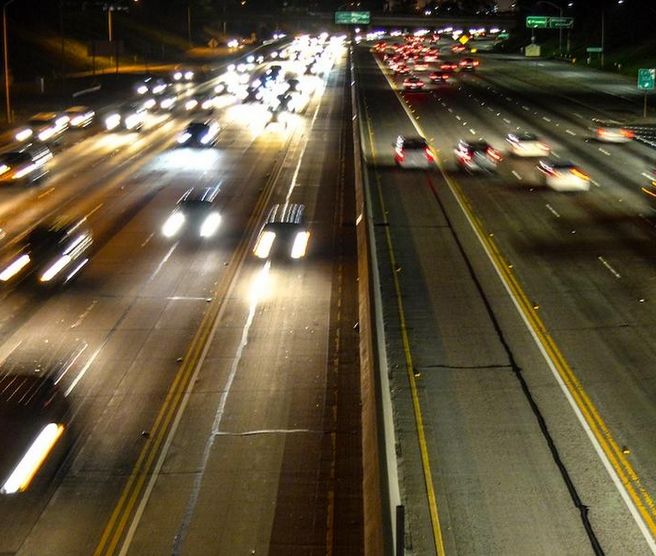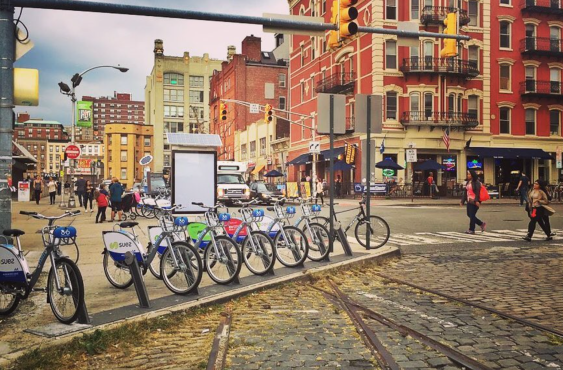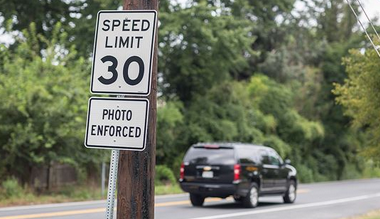Note: GJEL Accident Attorneys regularly sponsors coverage on Streetsblog San Francisco and Streetsblog California. Unless noted in the story, GJEL Accident Attorneys is not consulted for the content or editorial direction of the sponsored content.
The California state gas tax went up again on July 1, according to its annually scheduled increase (this year it equates to about four cents per gallon). In what is becoming an annual media event, most news coverage focuses on the increasing "pain at the pump" (4 cents a gallon?? Really) and how much drivers will have to pay for gas now and how gas prices in California compare to other states (no longer the highest).
But few outlets talk about why the tax is rising (to adjust for inflation, and to make up for years of it not going up), or where that money is going. So, in the spirit of a wise remark made by then-Assemblymember Shirley Webber several years ago - that paying taxes is just something grownups do - here is a short report on Your Gas Tax Money at Work.
$18 billion have already been invested in more than 10,000 projects since the passage of S.B. 1 in 2017. In the ensuing five years, over five thousand of those projects, costing $5.4 billion, have been completed. Another 2,227 projects are in progress, and around 2,500 are in the planning stage.
They include projects to assist with goods movement (completed, in progress, and planned total: $2.8 billion), local streets and highways ($4.3 billion), highway maintenance ($7.04 billion), and a category that includes transit, rail, and walking and biking projects ($4.17 billion).
S.B. 1 has created 237,934 jobs, according to federal estimates. It supports a range of programs that fund specific project types, including:
- Trade Corridor Enhancement program, to facilitate goods movement
- Solutions for Congested Corridors program, to help better plan travel in heavily used corridors to reduce congestion
- Local Partnership Program, distributing tax money to regions and local governments who are contributing most heavily to the higher tax
- Active Transportation Program, to increase walking and biking as transportation modes
- State Highway Operations and Protection Program (SHOPP), which existed before the passage of S.B. 1 and is a priority list of highway projects based on local and state goals
- Transit and Intercity Capital Rail program, to improve and modernize bus and rail transit throughout the state
S.B. 1 also contributes funds to a range of other state programs, including State Transit Assistance (which can be used to fund transit operations and other needs, and is distributed by formula based on how much agencies collect in revenue); State Rail Assistance, State of Good Repair program, local planning grants, research grants, Local Streets and Roads, and the State Transportation Improvement program (STIP). That last had been cut before S.B. 1 was passed, so part of the gas tax is being used to "restore" the program, which is used for "future state highway, intercity rail and transit improvements throughout California, including new capacity projects."
Projects can be found on this map (use the filters on the right to narrow down a search by category - for example, S.B. 1 funds - or by geography or type)
Examples include:
- Seismic restoration of bridges throughout the state highway system
- Guardrail replacements on numerous state highways
- Street resurfacing in numerous communities, frequently including sidewalks, curb/gutter, drainage, and striping
- Construction of transit stations, for example: the Vista Canyon Metrolink Station in Santa Clarita, which will include new railroad track, signal and drainage improvements, a 25,000-square-foot platform with canopies and light poles, and a grade-separated pedestrian access from the adjacent bus transfer station.
- Train station expansions and improvements, including platform repairs, better wayfinding, and software upgrades
Not every project funded by S.B. 1 aligns with California's climate goals, but what drivers are paying at the pump is definitely being spent to improve their travel. News media should adapt their headlines accordingly.





